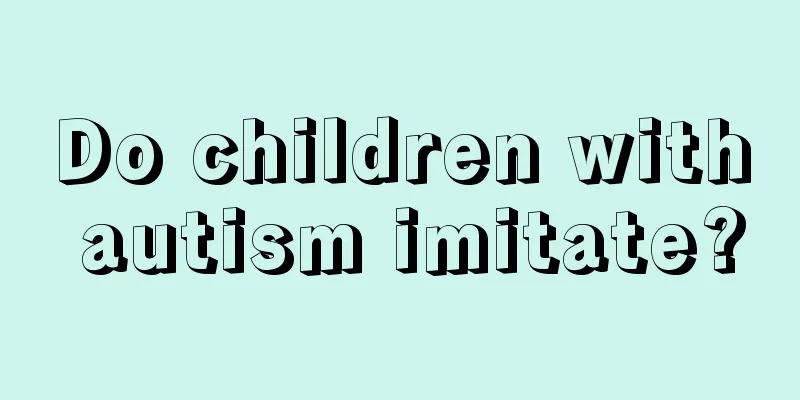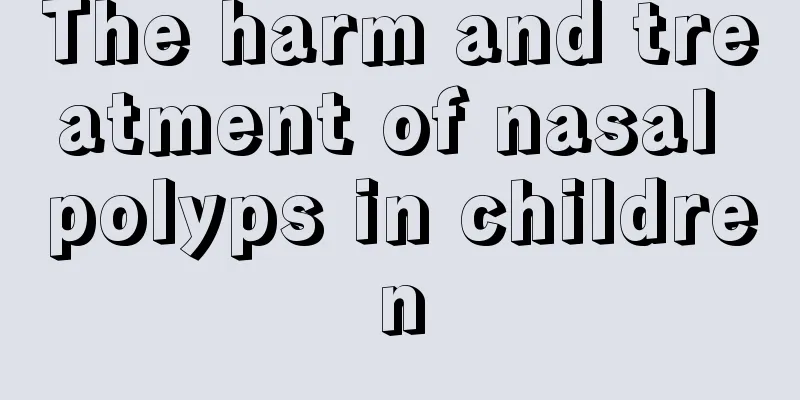What are the clinical manifestations of Etang syndrome?

|
Attendees syndrome will directly affect the health of children, so we should pay special attention to its common sense and clinical manifestations. Only in this way can we discover whether there is such a disease in time, and take treatment and intervention measures to reduce the harm. Now I would like to give you a detailed introduction to the clinical manifestations and diagnosis of Attendees syndrome. 【Clinical manifestations and diagnosis】 The characteristic of EDS is that the child's skin has excessive elasticity and bounces back immediately after being stretched. For example, if the skin of the neck, elbows or other loose areas is pulled outward, it can retract immediately over a long distance. Secondly, the skin is fragile, which is manifested in the fragility of the skin blood vessels on the face and limbs. Skin bruises or subcutaneous hematomas are prone to occur after minor injuries. Damage to large blood vessels can cause heavy bleeding, and later form atrophic purple scars. Sometimes the gums bleed easily after brushing your teeth. Epistaxis, blood in the stool, and hemoptysis may occasionally occur. If the skin is lacerated, the wound will tear easily and heal slowly after suture, eventually forming a large, thin-film atrophic scar with tiny wrinkles in between. There is also joint hypermobility, which manifests itself as joint laxity, especially excessive extension of the fingers, and the thumb can bend backwards and touch the wrist. Because the connective tissues in the body are weak, umbilical hernia, inguinal hernia, diaphragmatic hernia and diaphragmatic swelling are common complications. They may also occur simultaneously with other congenital diseases such as idiocy, congenital musculoskeletal malformations, spider digits, and congenital osteogenesis imperfecta. Based on clinical manifestations and molecular biological defects, it is currently divided into 11 subtypes, but this cannot cover this disease. The diagnosis of this disease should be based on a comprehensive analysis of the disease history, clinical manifestations, biochemical changes and genetic history. 【Treatment and prevention】 There is currently no effective treatment. Strenuous exercise, trauma and bleeding should be avoided, and easily injured parts such as heels, knees and elbows should be protected. Symptomatic treatment is given for complications, and large doses of vitamin C are recommended to facilitate wound healing. I believe that after reading the above introduction, everyone should have a more comprehensive understanding of this disease. After understanding these common sense, you should also remind yourself to take treatment and preventive measures. Only through our active treatment intervention can we reduce the adverse harm as much as possible. |
<<: Is it good for children to take a bath every day?
>>: What are the symptoms of Trisomy 21?
Recommend
What to do if your two-year-old baby hits people
Babies are very curious and are willing to imitat...
Causes and solutions for severe coughing in babies
Some babies are prone to coughing, especially at ...
Symptoms of allergic rhinitis in children
Allergic rhinitis in children is an allergic dise...
The impact of adults' quarrels on babies
It is normal for couples to quarrel, and they can...
Children's dietary health knowledge
Many parents may not be so clear about the dietar...
Cyst on the glans of a child
A cyst is a benign disease that can occur in vari...
What are the early symptoms of vitiligo in children?
We all know that children's physical growth a...
Reasons why babies hum when they sleep
Children with poor immunity often experience abno...
What are the causes of amblyopia in children?
Now with the popularization of televisions and co...
How to treat insufficient gastric motility in children
The stomach is a very important organ for each of...
What to do if the fetus is born deaf
There are many types of congenital diseases. Thes...
At what months can babies learn to sit?
During the growth and development of babies, pare...
Reasons why babies move their hands and feet
Sleep is important for both adults and children. ...
How often should newborn diapers be changed?
Nowadays, many parents put diapers on their babie...
Causes of sleep disorders in children
In daily life, many young friends will find a pro...









